ITALIAN PHILOLOGY II mutuato
FILOLOGIA ITALIANA II
| A.Y. | Credits |
|---|---|
| 2025/2026 | 6 |
| Lecturer | Office hours for students | |
|---|---|---|
| Nicoletta Marcelli |
Assigned to the Degree Course
| Date | Time | Classroom / Location |
|---|
| Date | Time | Classroom / Location |
|---|
Teaching Material
The teaching material prepared by the lecturer in addition to recommended textbooks (such as for instance slides, lecture notes, exercises, bibliography) and communications from the lecturer specific to the course can be found inside the Moodle platform › blended.uniurb.it
| « back | Last update: 20 |



